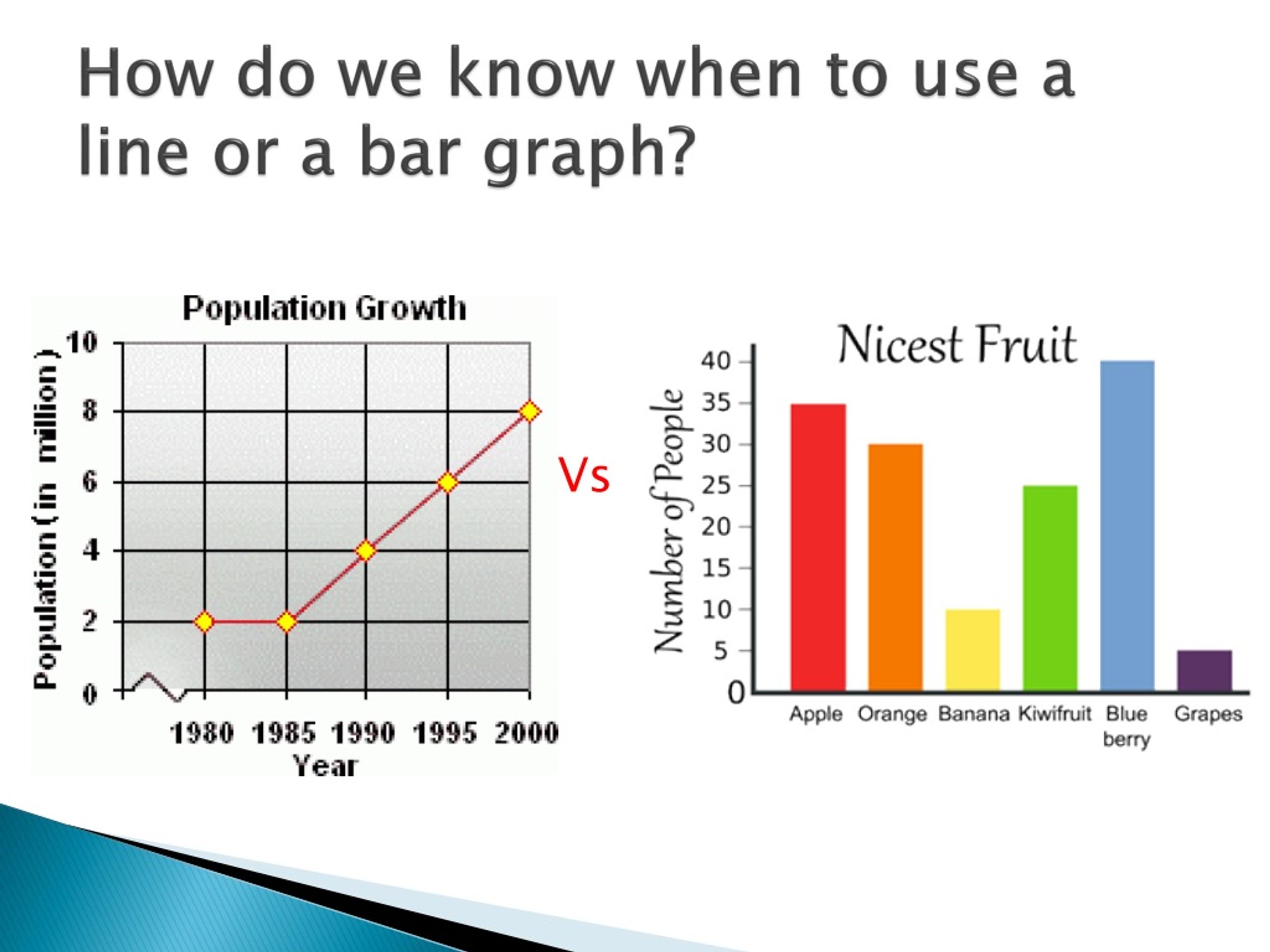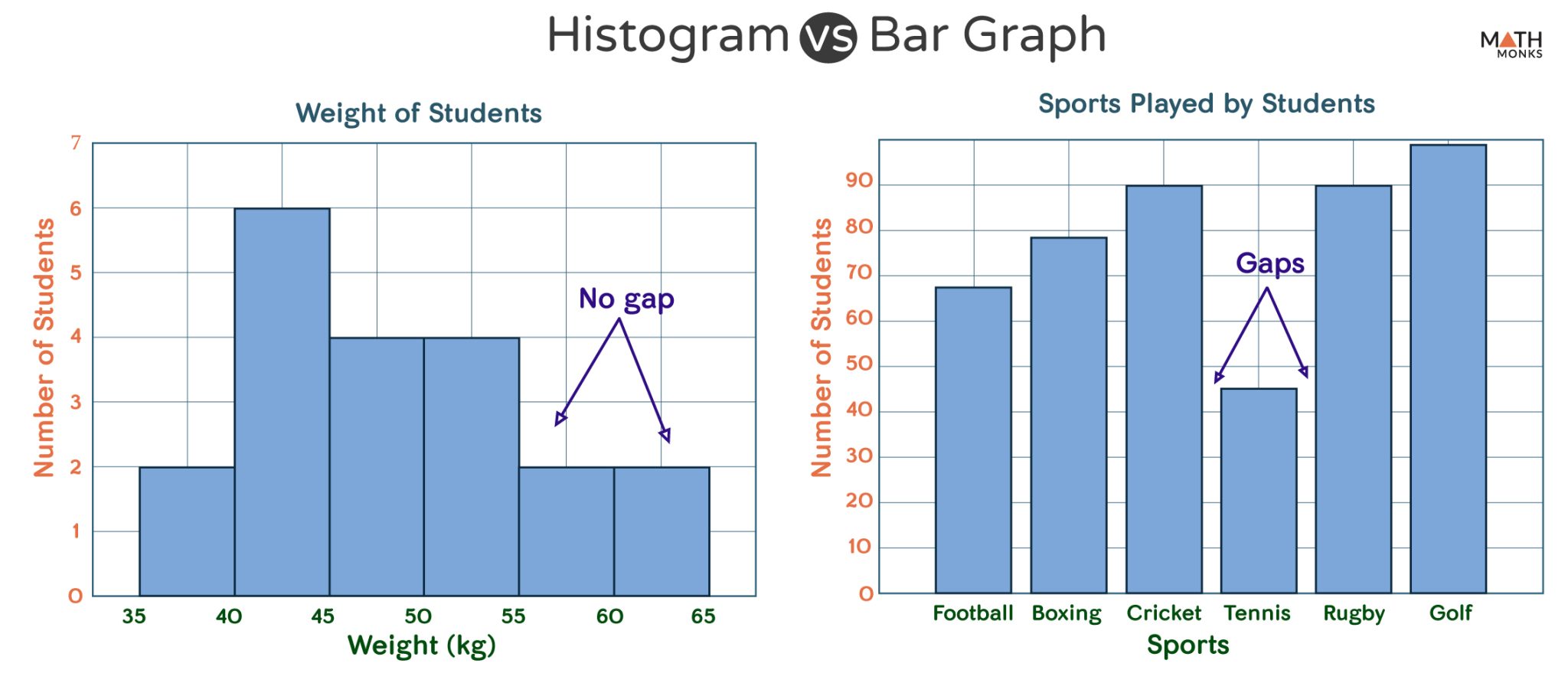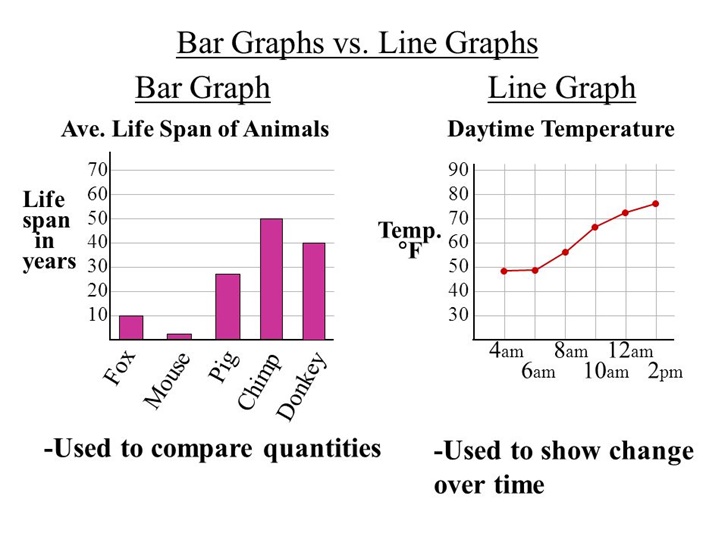Beautiful Info About When Should You Use A Bar Graph Vs Line Benefits

Opt for a line chart to depict changes over time.
When should you use a bar graph vs line graph. When should i use a line chart instead of a bar chart? A scatter plot is a visualization that displays relationships between vital data points. Graphs are a useful way to show numerical data.
When to use a scatter plot vs. If small changes exist in the data, it is always better to use the line graph than the bar graph. Use bar charts to do the following:
This visualization shines when illustrating trends, growth patterns, or declines within a continuous data set. This site is a good primer: From a bar chart, we can see which groups are highest or most common, and how other groups compare against the.
A bar chart is used when you want to show a distribution of data points or perform a comparison of metric values across different subgroups of your data. Line graphs are useful for displaying smaller changes in a trend over time. Let’s get down to business.
This leads to a very different appearance, but the biggest difference is that bar graphs are more versatile while line graphs are better for showing trends over time or another measure with a logical. The message is showing the rank of values from smallest to largest in order to focus on the largest value items. The differences between line graphs, bar charts and histograms.
The bar chart may also be helpful in dealing with one exception to the use of column graphs. The choice between these visualizations depends on the nature of your data and the message you wish to convey. Bar and line graphs show different data, so a video and online quizzes show how to create them!
Best tool to use to visualize your data with scatter plot vs. This article helps you decide when you think which graph should i used, or which graph is best to represent your data. One important use of line graphs is to track the changes over a short and long period of time.
Line graphs are used to track changes over short and long periods of time. It is also used to compare the changes over the same period of time for different groups. It is also the case to use line charts to compare how multiple data aspects change over time relative to each other.
They can also track changes over the same period for multiple groups. The answer lies in the nature of your data—bar graphs for discrete data comparison and line graphs for continuous data trends. Bar graphs display data in a way that is similar to line graphs.
Line graphs are ideal for showing trends and changes over time, while bar charts are excellent for comparing discrete data points or categories. Deciding between a bar graph and a line graph often depends on the type of data and the narrative you aim to present. Look for differences between categories as a screening method for identifying possible relationships.

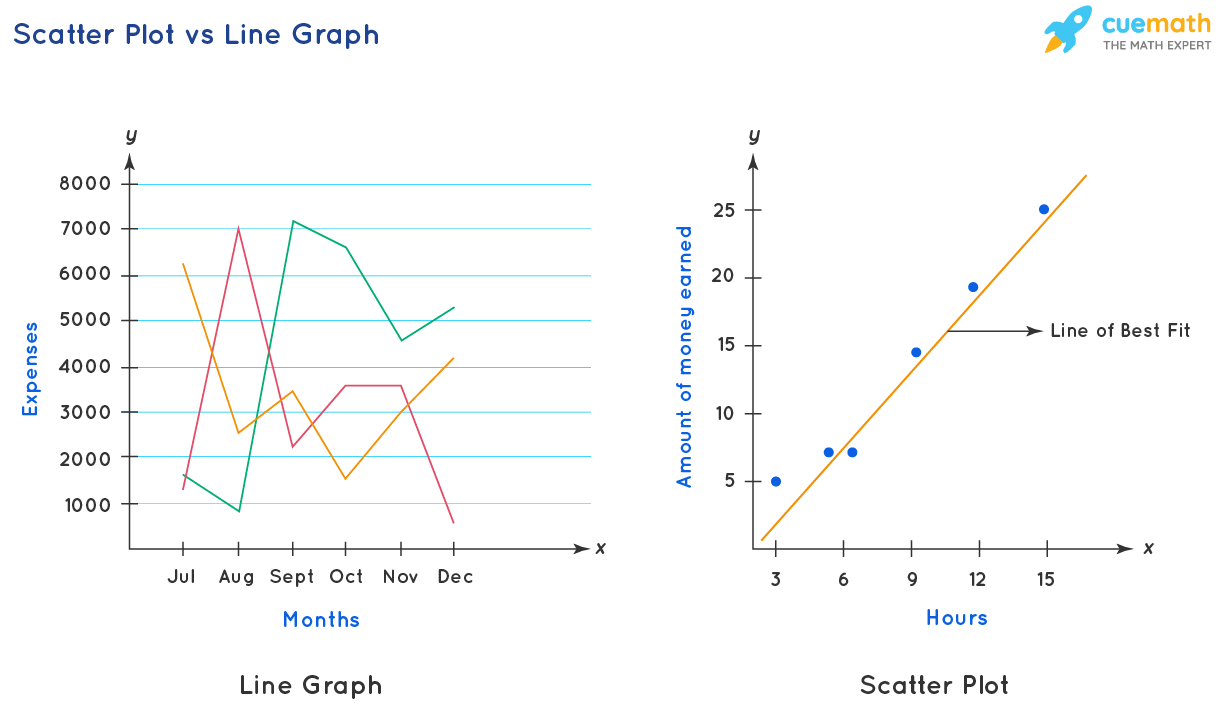



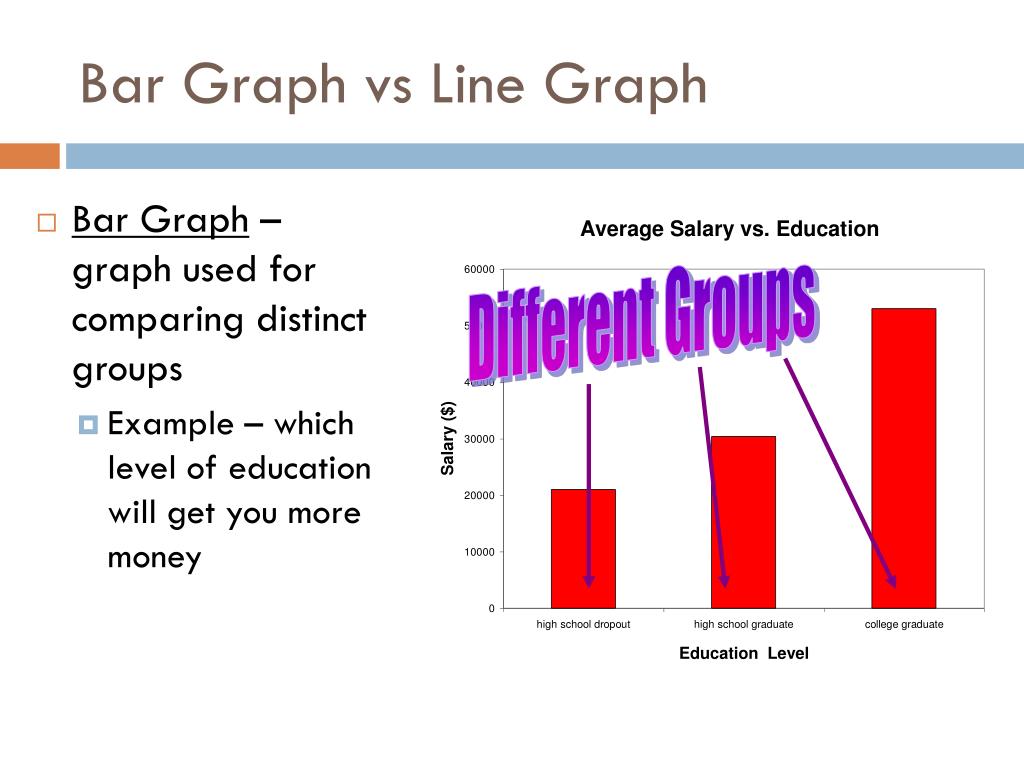


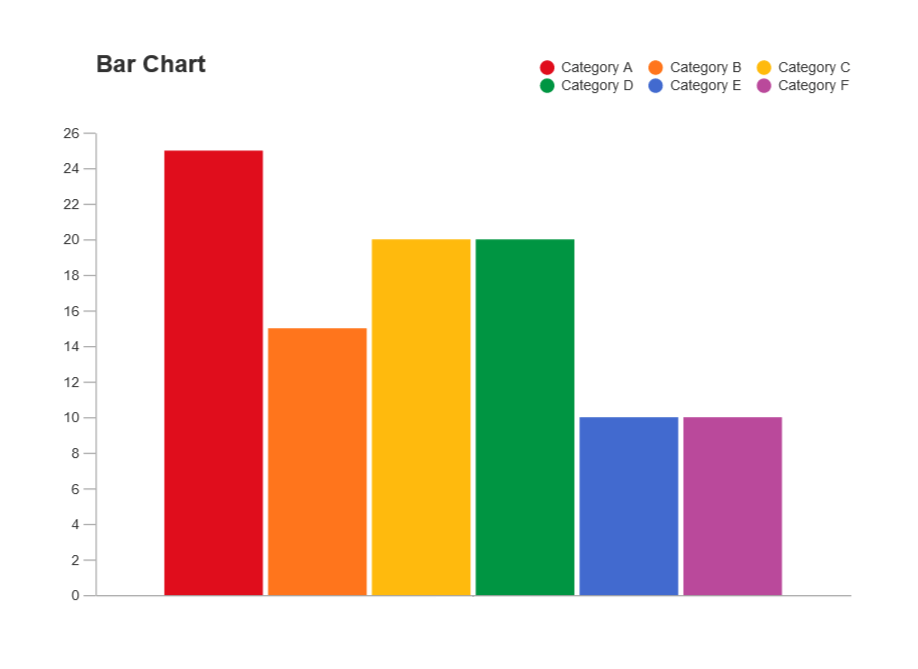
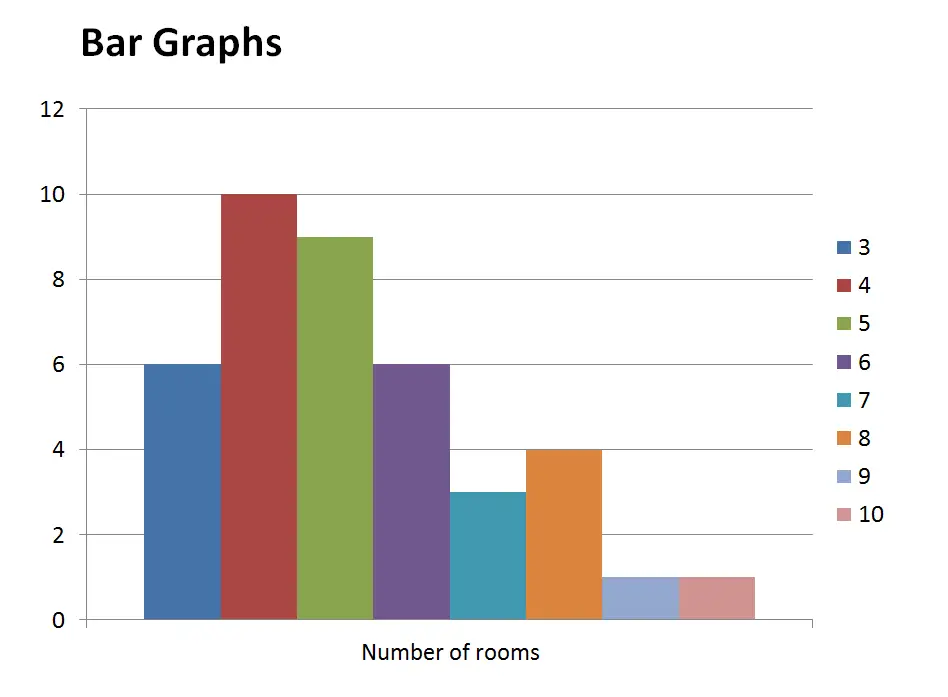



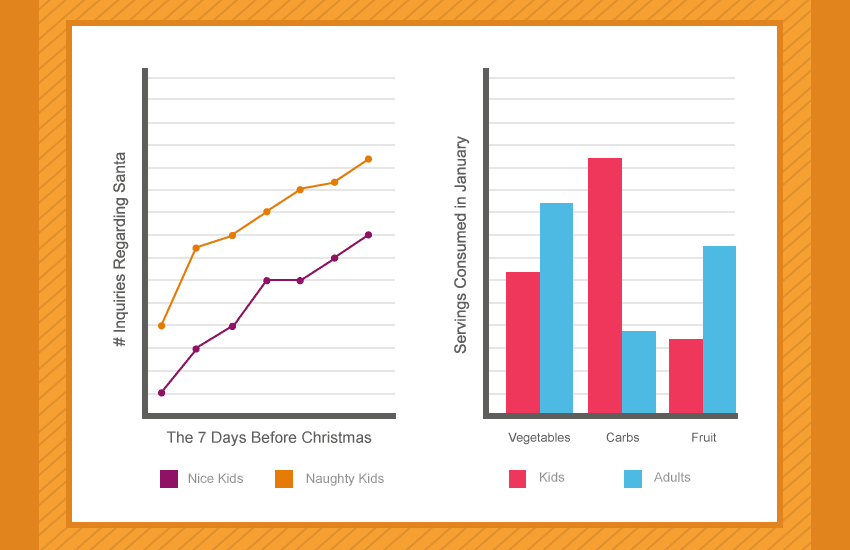




![What is Bar Graph? [Definition, Facts & Example]](https://cdn-skill.splashmath.com/panel-uploads/GlossaryTerm/7d3d0f48d1ec44568e169138ceb5b1ad/1547442576_Bar-graph-Example-title-scale-labels-key-grid.png)

